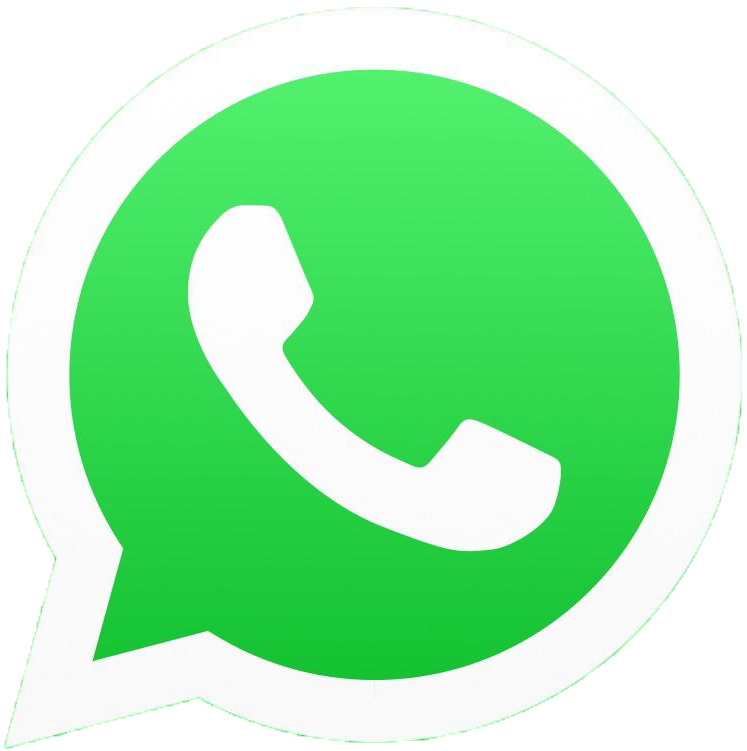
News
Innovative Methods for Achieving Metallic Print Effects
addtimes:2024-08-31 click:86 author:Gimsun
In the field of printing, metallic effects can add a sense of charm and nobility to products and packaging. , highly sought after. This makes mastering these technologies very attractive for many printing companies.
Historically, metallic effects have been mainly achieved through hot or cold pressed foil. Although these methods can produce excellent results, they are costly and complex and are more suitable for medium-to-long runs.
Fortunately, modern digital printing technology offers a variety of ways to incorporate metallic effects into product lines. These modern technologies are often faster, cheaper and better suited for short-run printing, making them easily accessible to more businesses.
Technology to achieve metallic effects
From utilizing innovative media to creatively adjusting print settings, here’s how to add a metallic effect to your printing projects The best way to do this:
1. Print on metal media
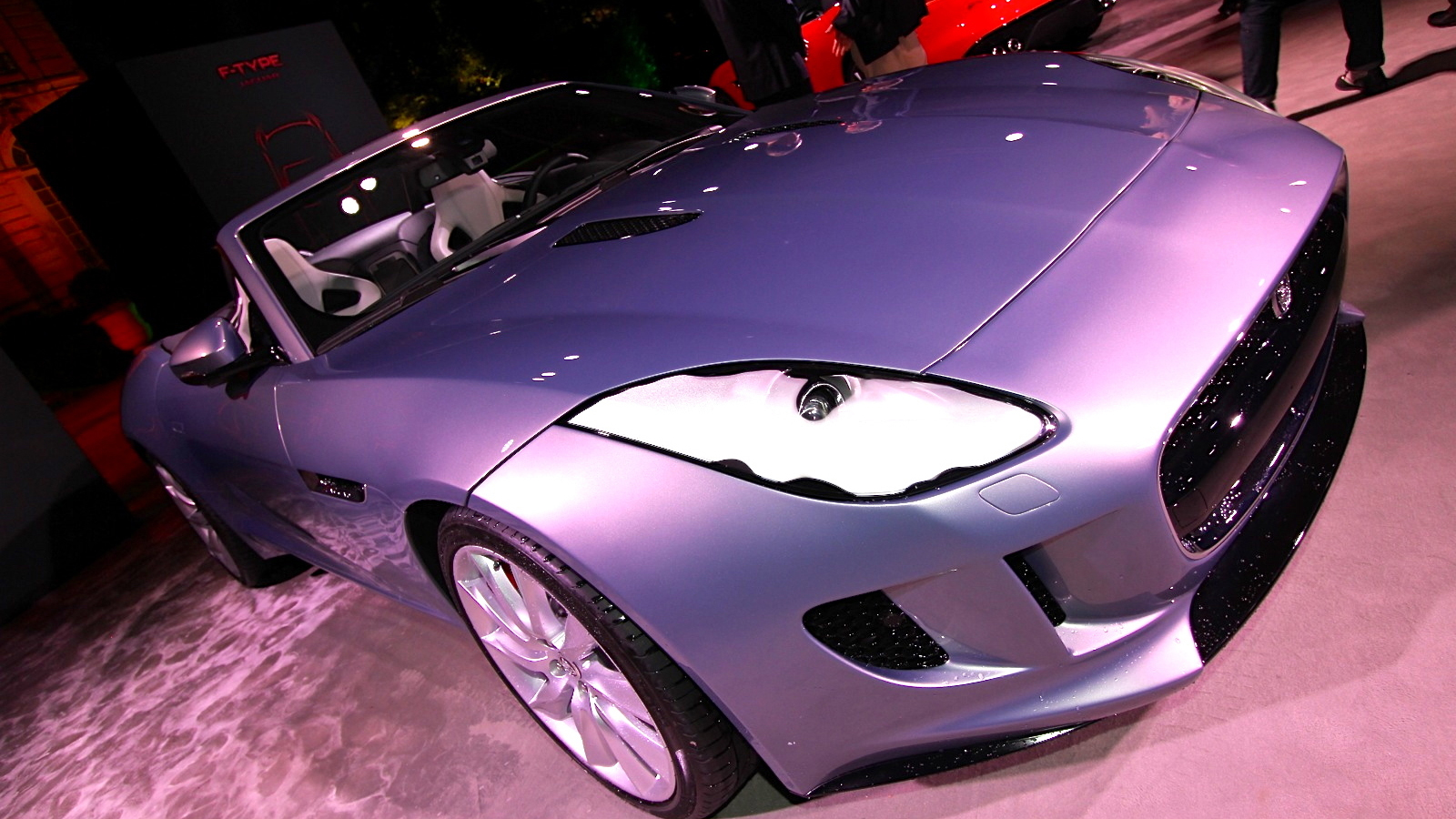
A simple method is to print directly on the metal substrate.
Metallic printing media can create stunning visual effects and is suitable for a variety of products. Use CMYK ink without a white base layer to allow the reflective surface of the metallic medium to show through the ink to achieve the desired effect. By changing the density of the ink, different effects can be achieved on metal surfaces. It’s worth noting that holographic and reflective media are not exactly metallic effects but can produce equally impressive results.
This method is ideal for creating high-quality gift boxes and packaging. Metallic effects can also enhance the appearance of your brand logo.
2. Add white ink to the metal substrate

Adding a layer of white ink can completely mask certain parts of the metal substrate, giving it a different appearance . The areas not covered with white ink will stand out more against the contrast of the masked areas. This technology allows precise control over which parts of the design remain transparent and which are obscured, making it particularly suitable for packaging and personalization applications.
With more and more metallic media options becoming available in a variety of colors and qualities, from printing stickers to making protective car wraps, the product range is very wide. Talking to your media supplier can help you find the option that best suits your needs.
3. Use UV ink for hot stamping
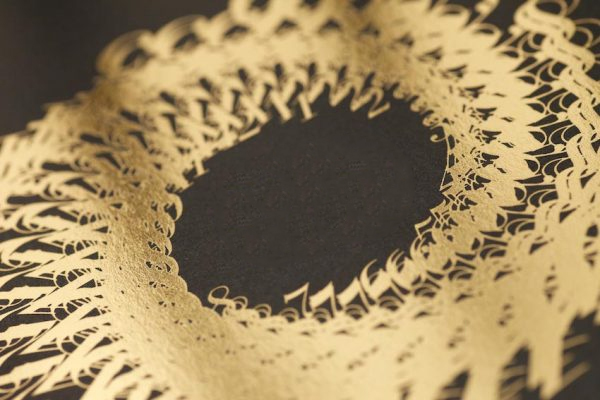
The foil stamping effect can be reproduced by applying varnish UV ink to specific areas of the design. Varnish inks can be partially cured to achieve a foil effect by adjusting print settings to lower light intensity. After taking the necessary safety precautions, cover the design with foil and stamp it using a calender.
When you peel off the foil, the foil will adhere to the area covered by the varnish ink, forming Metallic effect. The curing process can be completed using light scanning in a UV printer.
4. Laser foil stamping

Laser foil stamping uses a laser decorator to transfer designs to a variety of surface. This process makes foil stamping easier and less expensive to achieve, while still delivering excellent results.
Laser decorators can transfer foil to soft plastic, paper and leather surfaces, as well as directly Imprinted onto natural leather, it provides highly precise patterns for information-based customization of items such as bags, gloves or luggage tags. From text to complex patterns and precise logo reproduction, highly personalized customization can be achieved.
5. Print with metallic ink
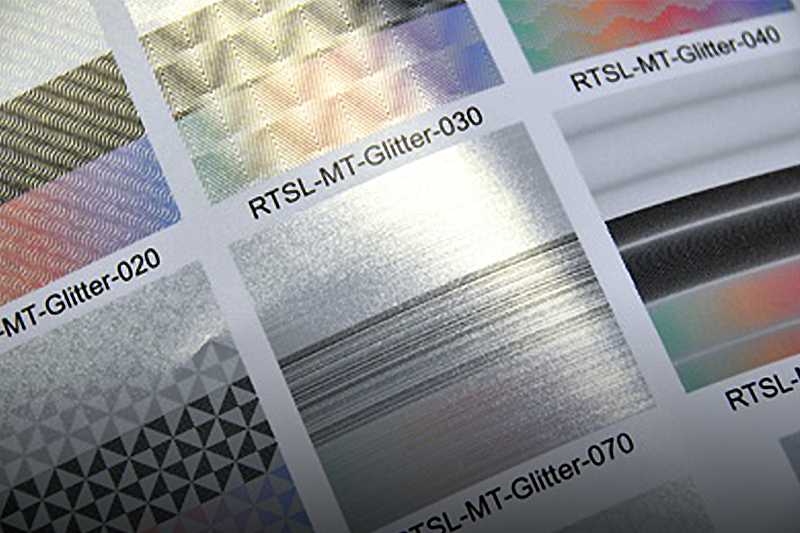
Modern metallic inks contain tiny reflective particles that dry to create a glossy surface. By reflecting light, these inks create a glossy effect, also known as "leafing" or metallic flake technology.
Wallpapers printed with metallic inks are very popular among customers looking to personalize their interiors because they are reflective Ink can make a room appear brighter and add depth to walls.
Another option
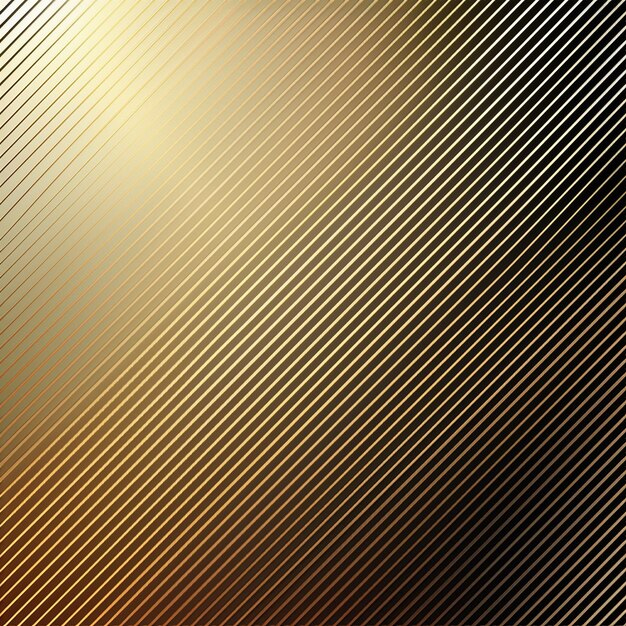
Using halftone patterns is a technique that can be used on non-metallic materials and can provide Excellent results that are both cost-effective and visually appealing, replacing metallic inks and substrates.
Changing the dot density can create a metallic luster. You can manipulate and experiment with different point sizes and spacing in your design editing software or RIP to achieve the desired effect.